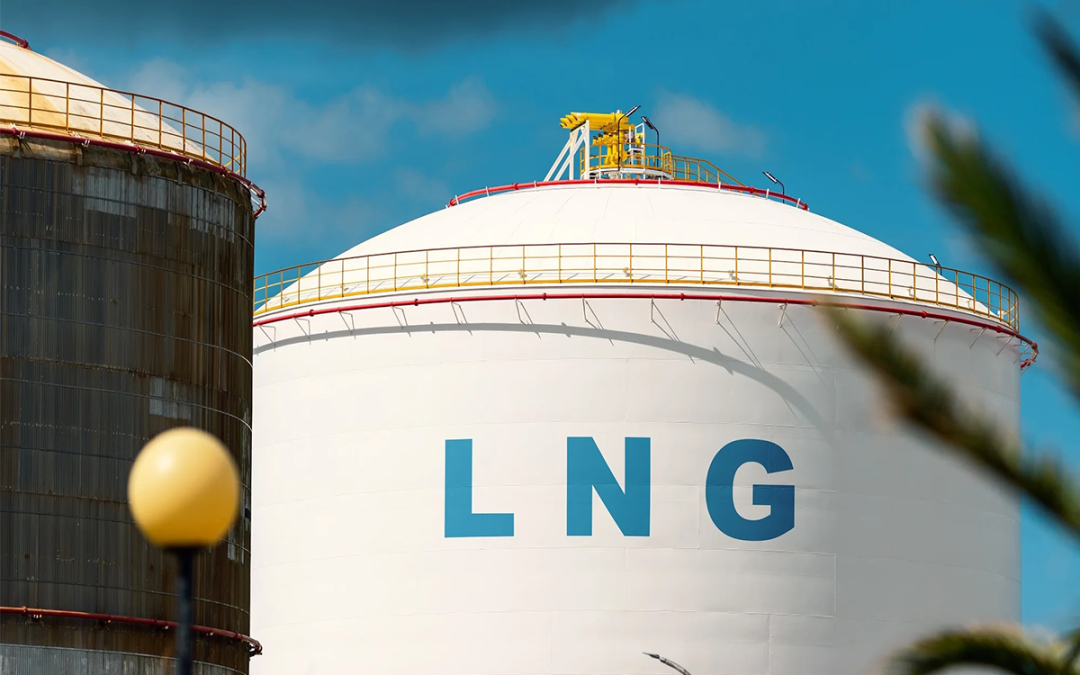After spells of bearish signals pressuring net-long positions in the European natural gas futures markets, hedge funds have been increasing their net-long position, according to Intercontinental Exchange data, with traders expecting this to add to the looming bullish signals this winter.
The number of positions for Dutch TTF natural gas futures totaled 2.88 billion lots in both long and short positions for the week ended Oct. 7, according to the latest ICE data.
Of this, the majority was contributed by commercial undertakings at 65%, which include unregulated traders, commercial enterprises, family offices and university endowment funds, according to the ICE index data.
After this, the largest proportion was contributed by investment funds at around 21%, which comprises investment funds, unit trusts ETFs and hedge funds.
Investment firms or credit institutions were in the third place at 14%, which account for brokers and proprietary traders in commodity derivatives.
The rest of the positions were accounted for by other financial institutions and operators with obligations under directive 2003/87/EC.
Although participants with the physical capacity hold the largest share of the Dutch TTF natural gas futures market, the increasingly bullish position of funds has heightened sentiment for this winter with traders expecting this to act as a catalyst for further volatility.
Notably, the net-long position of investment funds increased around 15% week on week climbing slowly to a three-week high at the start of winter.
Although investment funds increased their net-long positions, commercial undertakings — representing physical players — increased their net-short position by nearly 59% on the week.
2025 outlook remains bullish
Hedge funds have been a key driver for price movements over the summer, sources said, with expectations that volatility will increase in Q4-2024 into Q1-2025 as the bullish position of funds increases.
Traders attribute the increasingly net-long position of hedge funds to the expected growth in Asian demand as well as delays in US LNG startups for next year.
Given the strong price signals for next year, traders have pointed to a correlation between the net-long position and European prices for 2025.
Platts, part of S&P Global Commodity Insights, assessed the Dutch TTF 2025 contract at Eur38.355/MWh on Oct. 9, down from the Eur38.545/MWh of the previous day.
Comparing week on week, the Dutch TTF 2025 contract fell around 3% from Sept. 13 to Sept. 20 before rising 5% on the week to land at Eur37.975/MWh on Sept. 27. Prices then increased further by 5% to land at Eur39.955/MWh on Oct. 7.
At the same time, the net-long position of investment funds decreased around 13% from the week ended Sept. 13 to the week ended Sept. 20 before falling again by around 5% in the week ended Sept. 27. From Sept. 27 to Oct. 7, the net-position of funds increased by around 15% with traders seeing this adding further support to the price movements in the European gas and LNG markets.
“Funds are longer than a few weeks ago when prices rallied, their positions have increased in volumes so any bearish headlines will lead to super quick movements in a short period of time,” an LNG trading analyst said in reference to the recent strong swings in European natural gas futures.
“The position is near historical highs, there are expectations for supply buildup delays and when will these volumes be on water,” the trading analyst said. “Also, Asian demand [for next year] with the new stimulus package in China and how this will help the economy and their real estate sector, as well as Southeast Asia building their LNG imports.”
This uncertainty over supply next year and strong demand signals from Asia has also kept the contango across the Northwest European LNG forward curve narrow.
Platts assessed the NWE LNG Summer-25 contract at $11.84/MMBtu on Oct. 9. This was a 44 cents/MMBtu discount versus Winter-25, much narrower than the $1.211/MMBtu discount on Oct. 9, 2023, Commodity Insights data showed.
Several traders added that they expect the increasing influence from hedge funds to add to European natural gas volatility over the winter, with more risk for upside than downside.
“My take is that Sum-25 is expensive because it has already been two years that summer prices are the highest ones at settlement, so I think people will not abandon a long position there as it just reflects what the market sees,” a Netherlands-based trader said. “I think these funds are looking for top notch liquidity and volatility, and so that would be either M+1 [Nov] or M+2 [Dec].”





